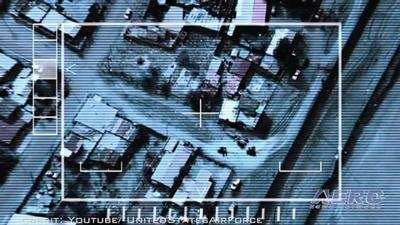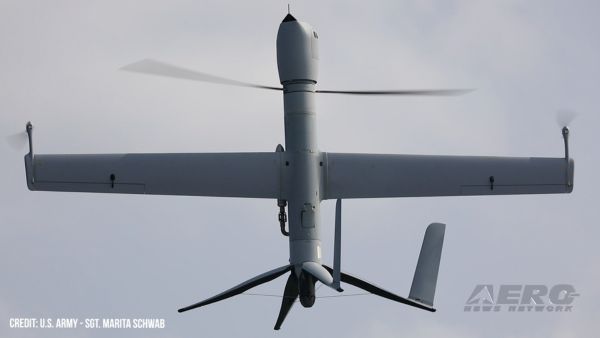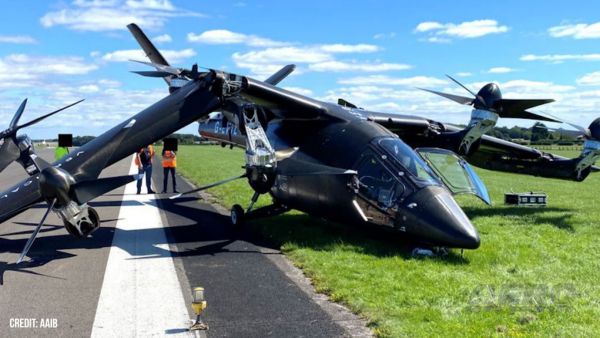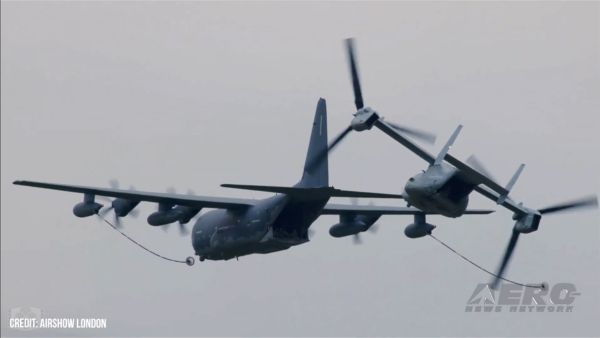Fri, Mar 09, 2018
Artificial Intelligence Would Analyze Video Captured By UAVs
Google has entered into a contract with the U.S. Department of Defense to work on Project Maven, which is designed to use Artificial Intelligence (AI) to identify objects in video and still images captured by drones. And according to Gizmodo, some company employees are not happy that their work is being offered to the Pentagon.

Google says its involvement with Project Maven is not related to use in combat, but some in the tech industry remain unconvinced that such uses would never be considered.
Project Maven, which is also known as Algorithmic Warfare Cross-Functional Team (AWCFT), has been around since April of last year. The DOD spent $7.4 billion on AI-related research in 2017, according to the Wall Street Journal.
The initial charge for the project was to assist in processing the mountains of images and video captured by military drones every day. Human analysts are unable to keep up with the inflow of images and data, according to Greg Allen of the Center for a New American Security. The military has gotten very good at collecting data, but has lagged in ways to make sense of it all.
The Maven program's first objective was using AI to identify vehicles and other objects in up to 38 categories. It also allows the Pentagon to track specific people as they move between different locations.
In a statement to Gizmodo, Google said that it does provided the DOD with TensorFlow APIs, which are used in machine learning applications which help military analysts detect objects in images.
“We have long worked with government agencies to provide technology solutions. This specific project is a pilot with the Department of Defense, to provide open source TensorFlow APIs that can assist in object recognition on unclassified data,” a Google spokesperson said in the statement. “The technology flags images for human review, and is for non-offensive uses only. Military use of machine learning naturally raises valid concerns. We’re actively discussing this important topic internally and with others as we continue to develop policies and safeguards around the development and use of our machine learning technologies.”
(Image from file)
More News
Takeoff Roll The process whereby an aircraft is aligned with the runway centerline and the aircraft is moving with the intent to take off. For helicopters, this pertains to the act>[...]
“We’re proud of the hard work that went into receiving this validation, and it will be a welcome relief to our customers in the European Union. We couldn’t be mor>[...]
"Aircraft Spruce is pleased to announce the acquisition of the parts distribution operations of Wag-Aero. Wag-Aero was founded in the 1960’s by Dick and Bobbie Wagner in the >[...]
IDENT Feature The special feature in the Air Traffic Control Radar Beacon System (ATCRBS) equipment. It is used to immediately distinguish one displayed beacon target from other be>[...]
Aero Linx: Pararescue Air Force Pararescuemen, also known as PJs, are the only DoD elite combat forces specifically organized, trained, equipped, and postured to conduct full spect>[...]
 ANN's Daily Aero-Term (05.10.24): Takeoff Roll
ANN's Daily Aero-Term (05.10.24): Takeoff Roll Aero-News: Quote of the Day (05.10.24)
Aero-News: Quote of the Day (05.10.24) Aero-News: Quote of the Day (05.11.24)
Aero-News: Quote of the Day (05.11.24) ANN's Daily Aero-Term (05.11.24): IDENT Feature
ANN's Daily Aero-Term (05.11.24): IDENT Feature ANN's Daily Aero-Linx (05.11.24)
ANN's Daily Aero-Linx (05.11.24)



